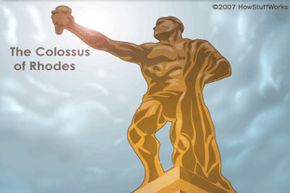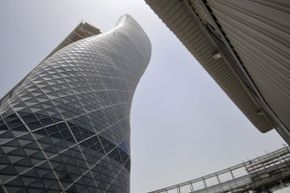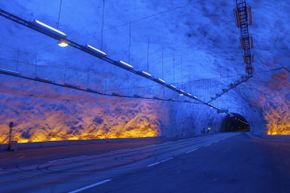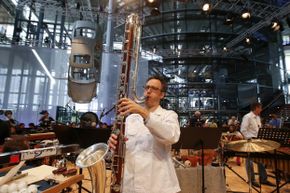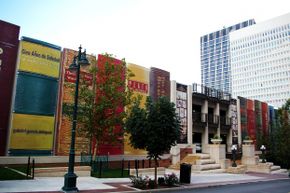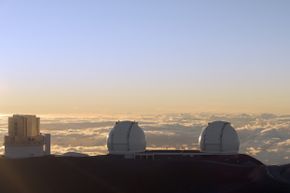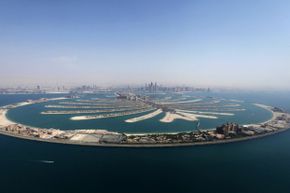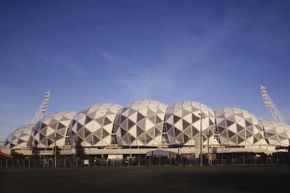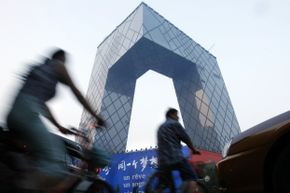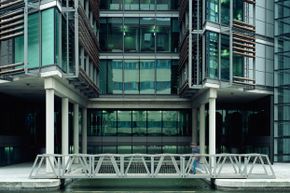What do the Seven Wonders of the Ancient World have in common? Most of these structures made the list because their grand scale inspired awe in travelers and scholars. The Colossus of Rhodes, for example, towered 110 feet (33.5 meters) above the Mediterranean Sea until an earthquake brought the bronze giant to its knees. The largest of the three Pyramids of Giza -- Khufu -- reigned as the world's tallest building for 4,000 years.
Modern engineers continue to up the ante when it comes to building big. Just look at the Three Gorges Dam, the monstrously large hydroelectric plant spanning the Yangtze River in China, or the Burj Khalifa, the world's tallest skyscraper soaring over Dubai, and you'll get the idea.
Advertisement
Others look for a different kind of shock value. These avant-garde designers and architects embrace the surreal by creating structures that range from the slightly weird to the completely bizarre. Their final products may not impress you with their sheer size, but their imagination-bending, gravity-defying qualities will induce a few double takes and more than a few OMGs.
We've lined up 10 of these engineering marvels for you. First up is a tower that makes the one in Pisa look like an upstanding member of the architectural community.
